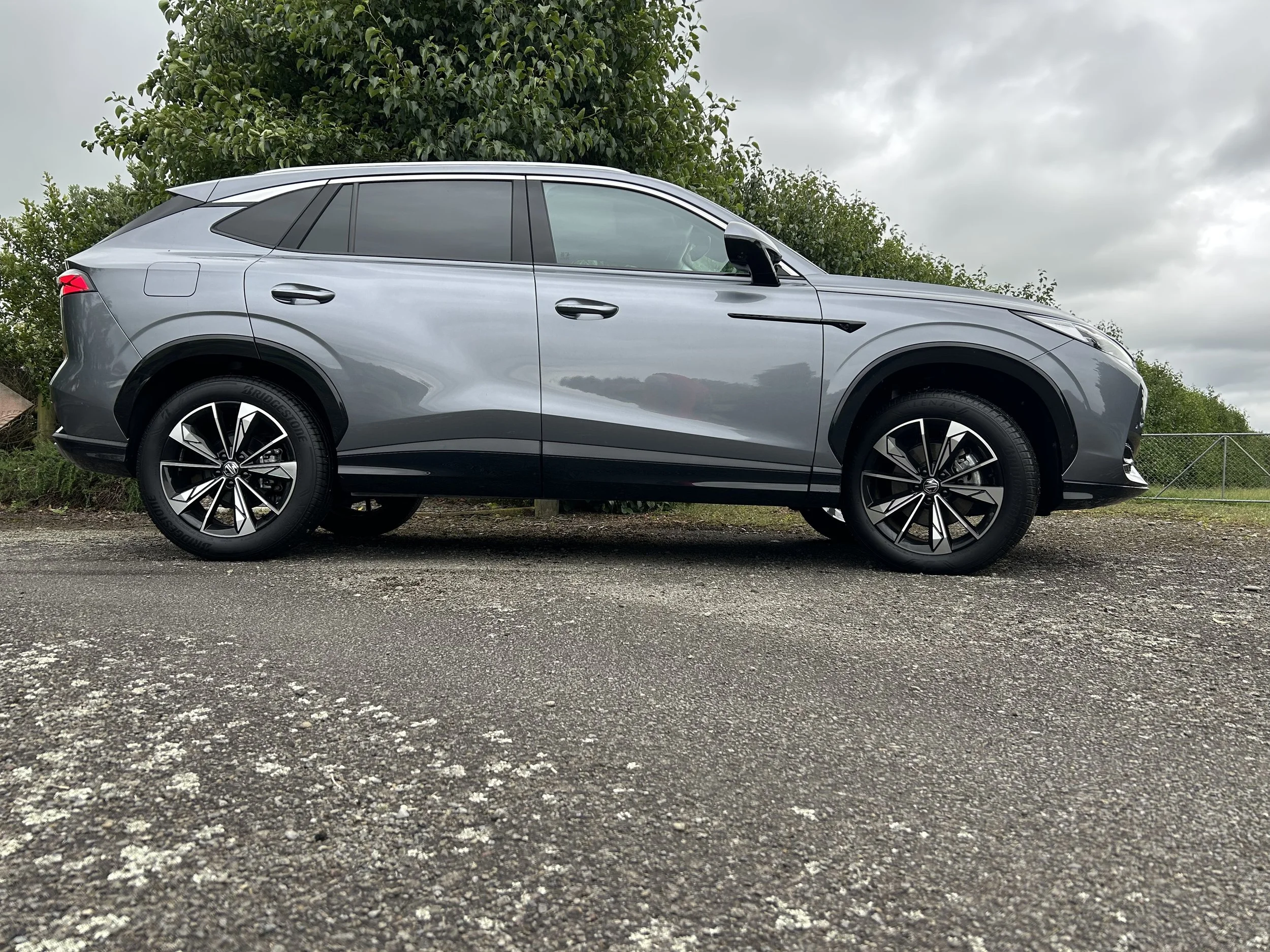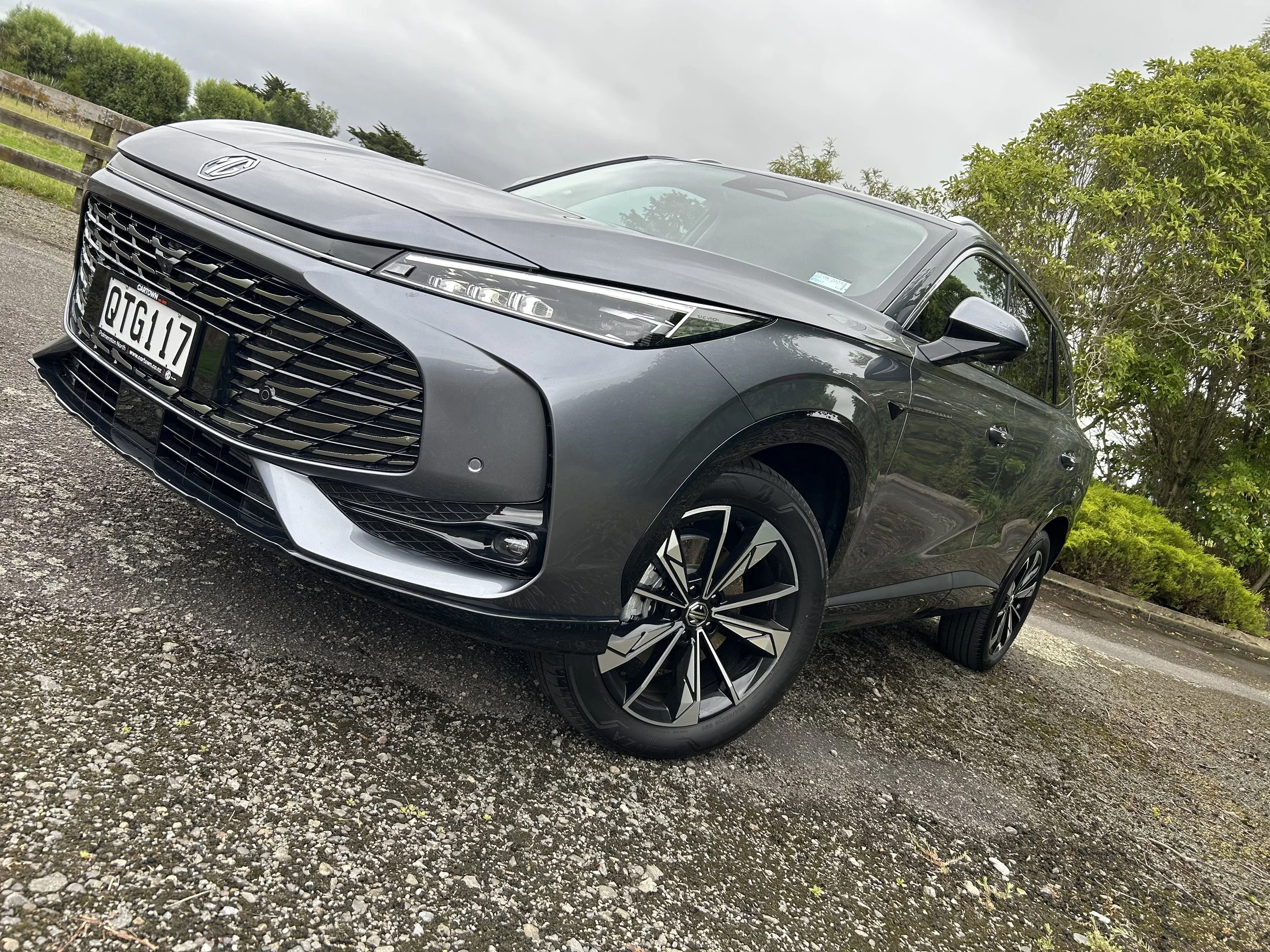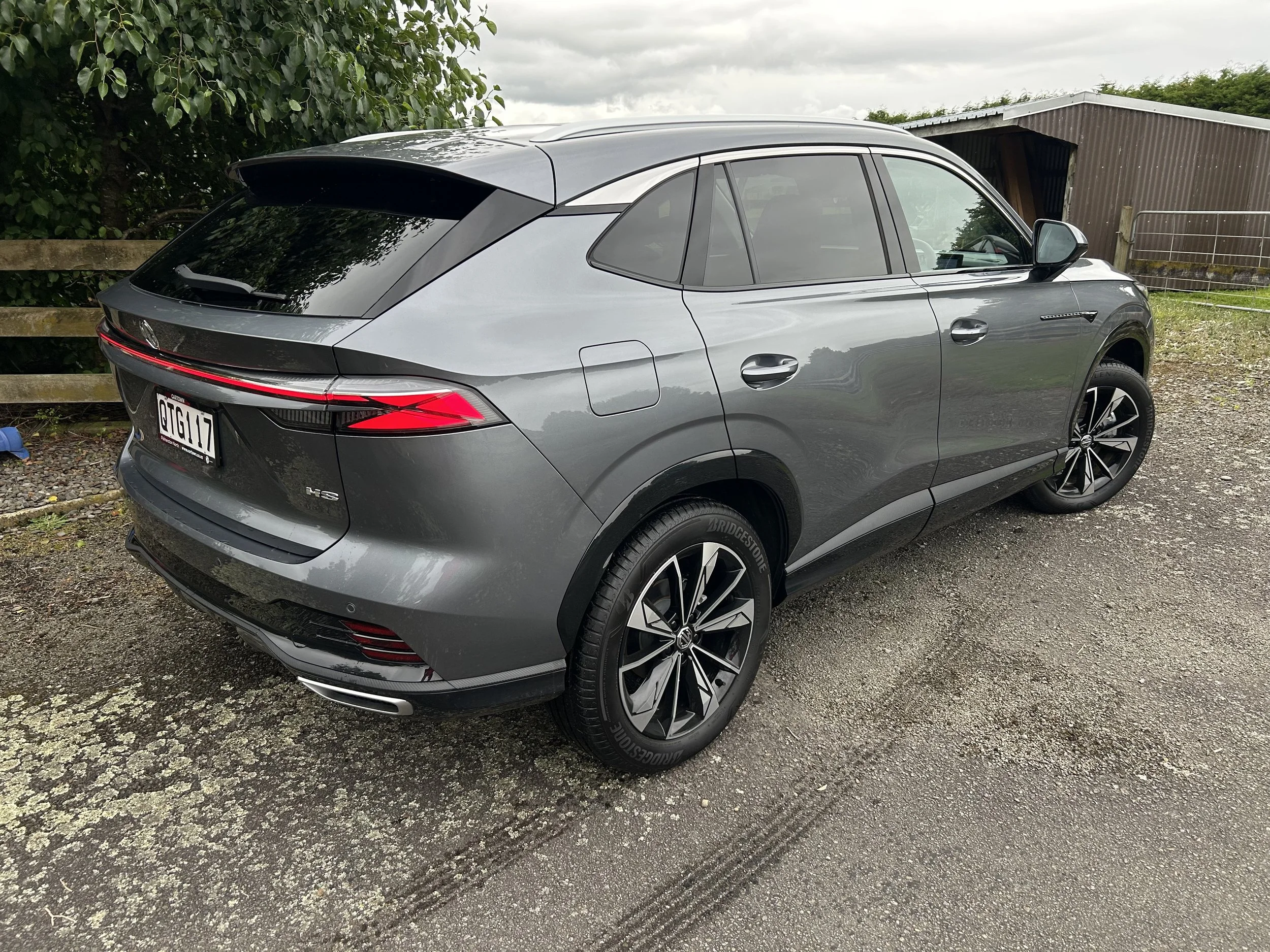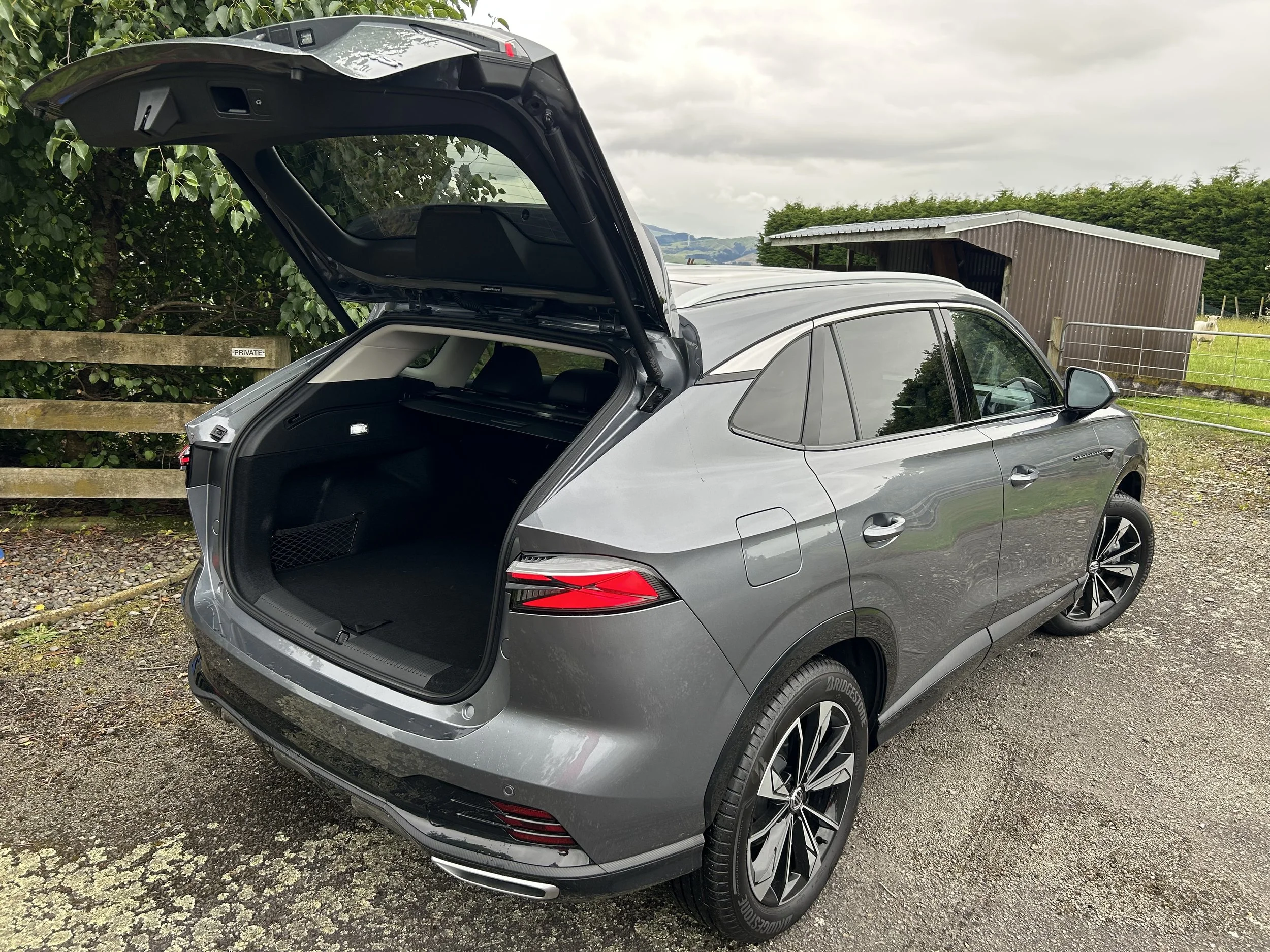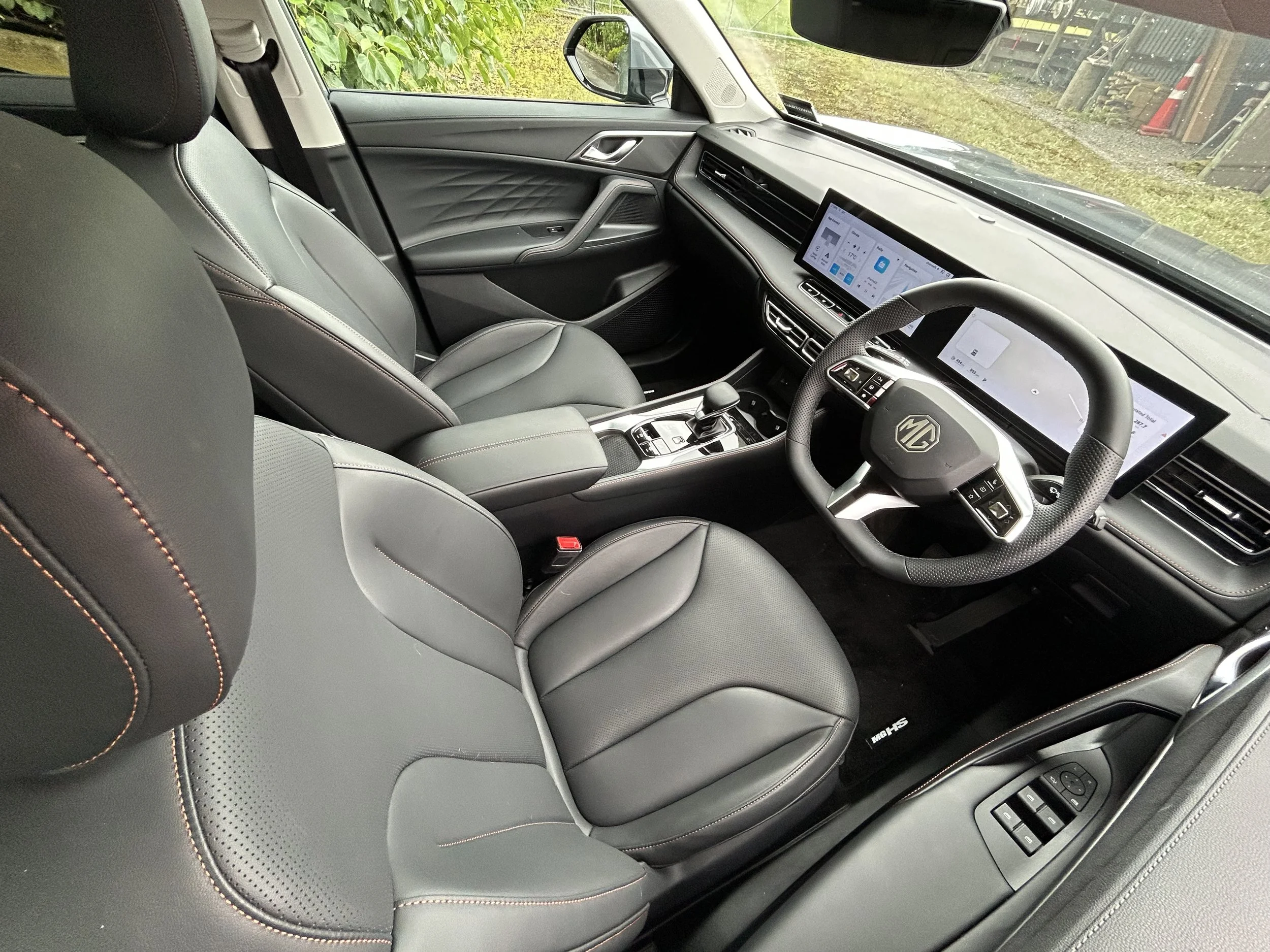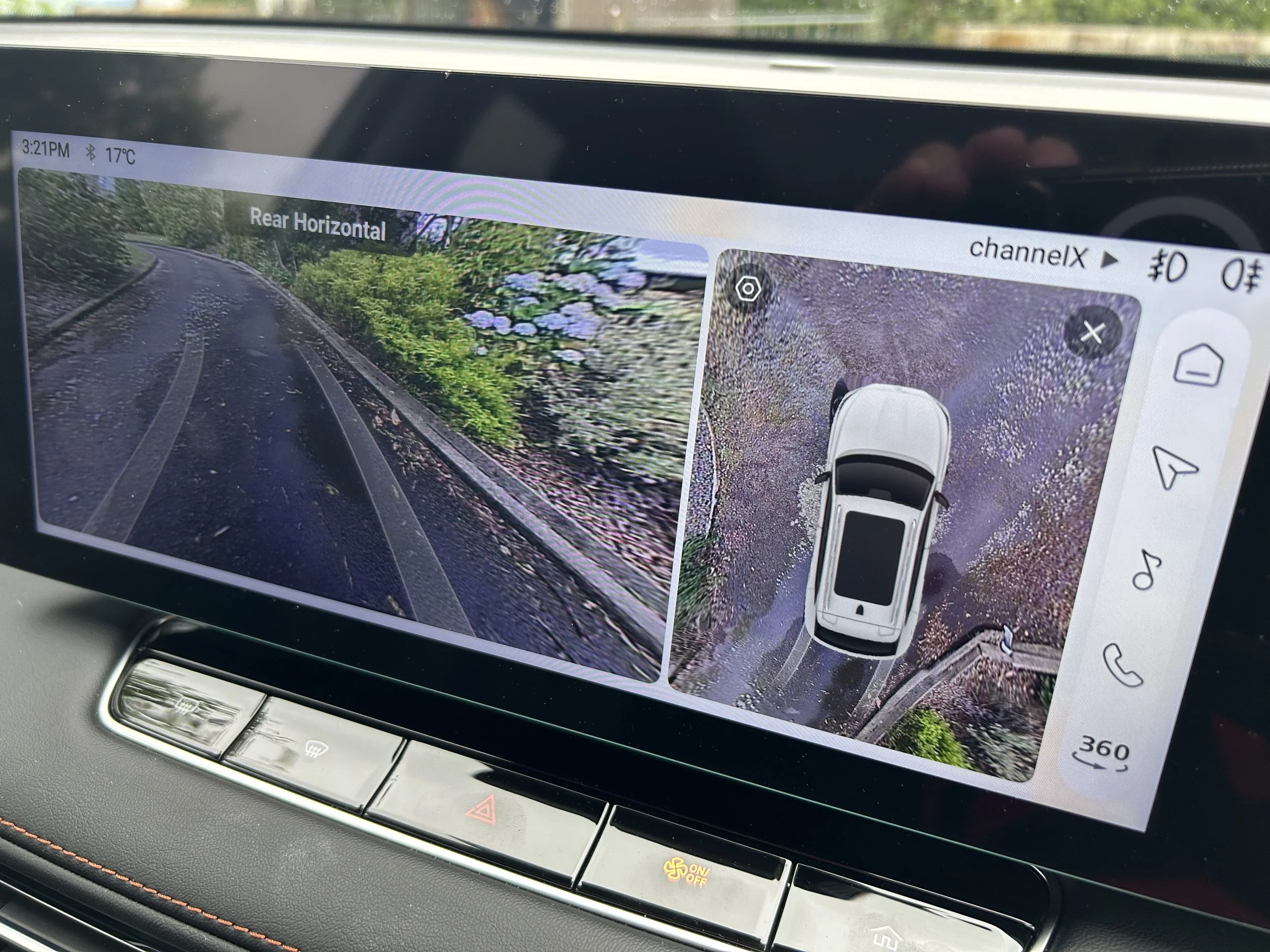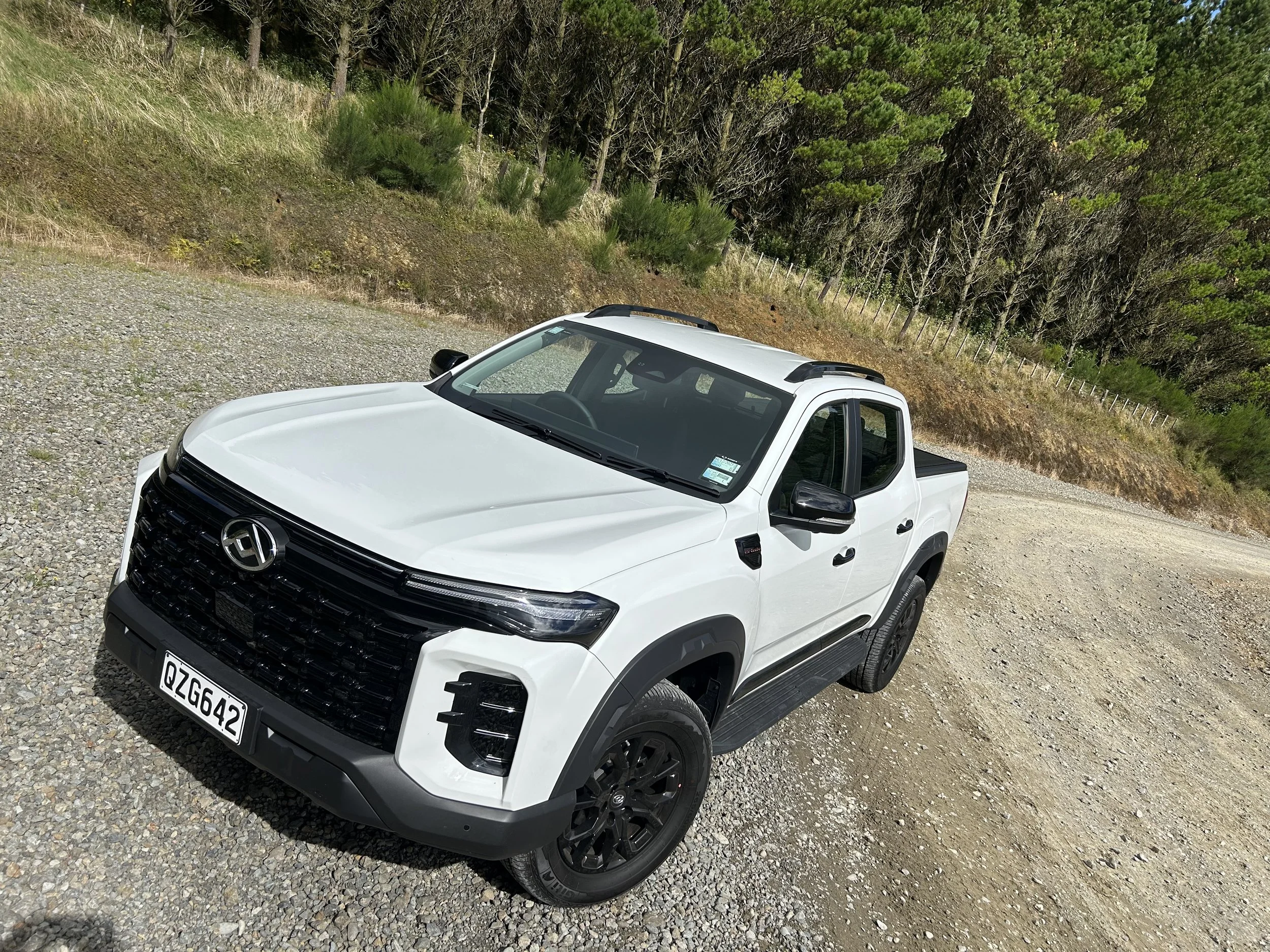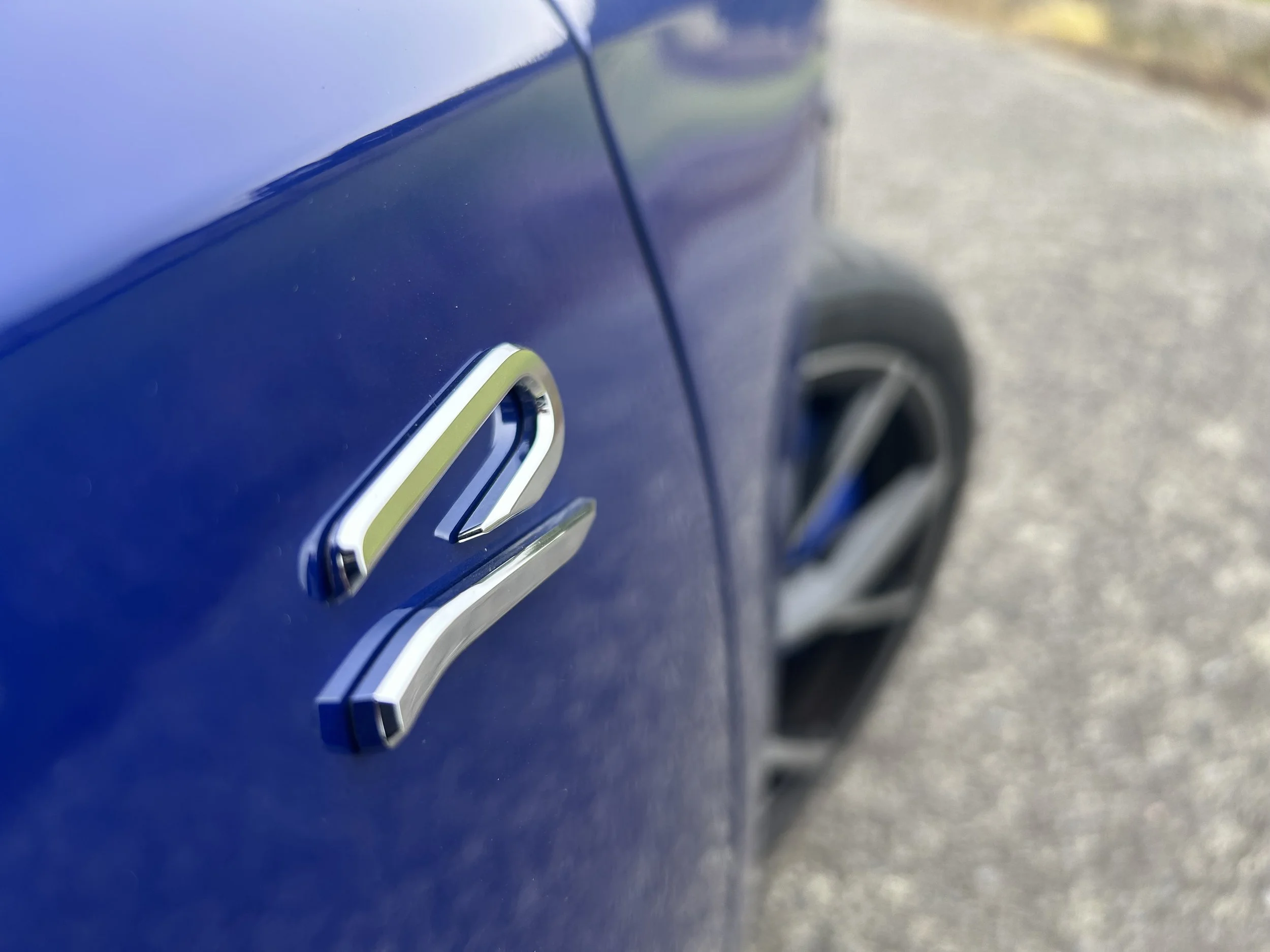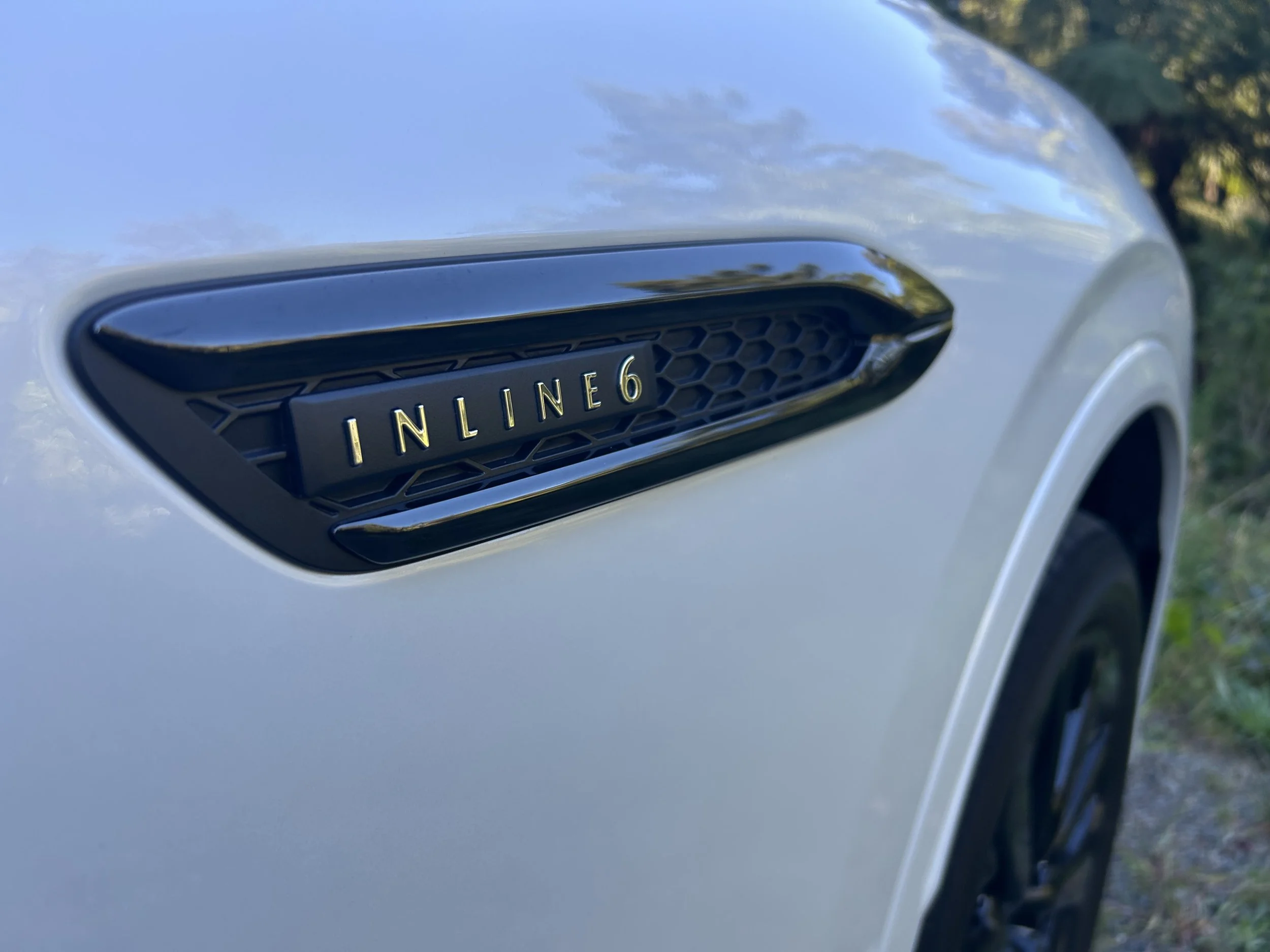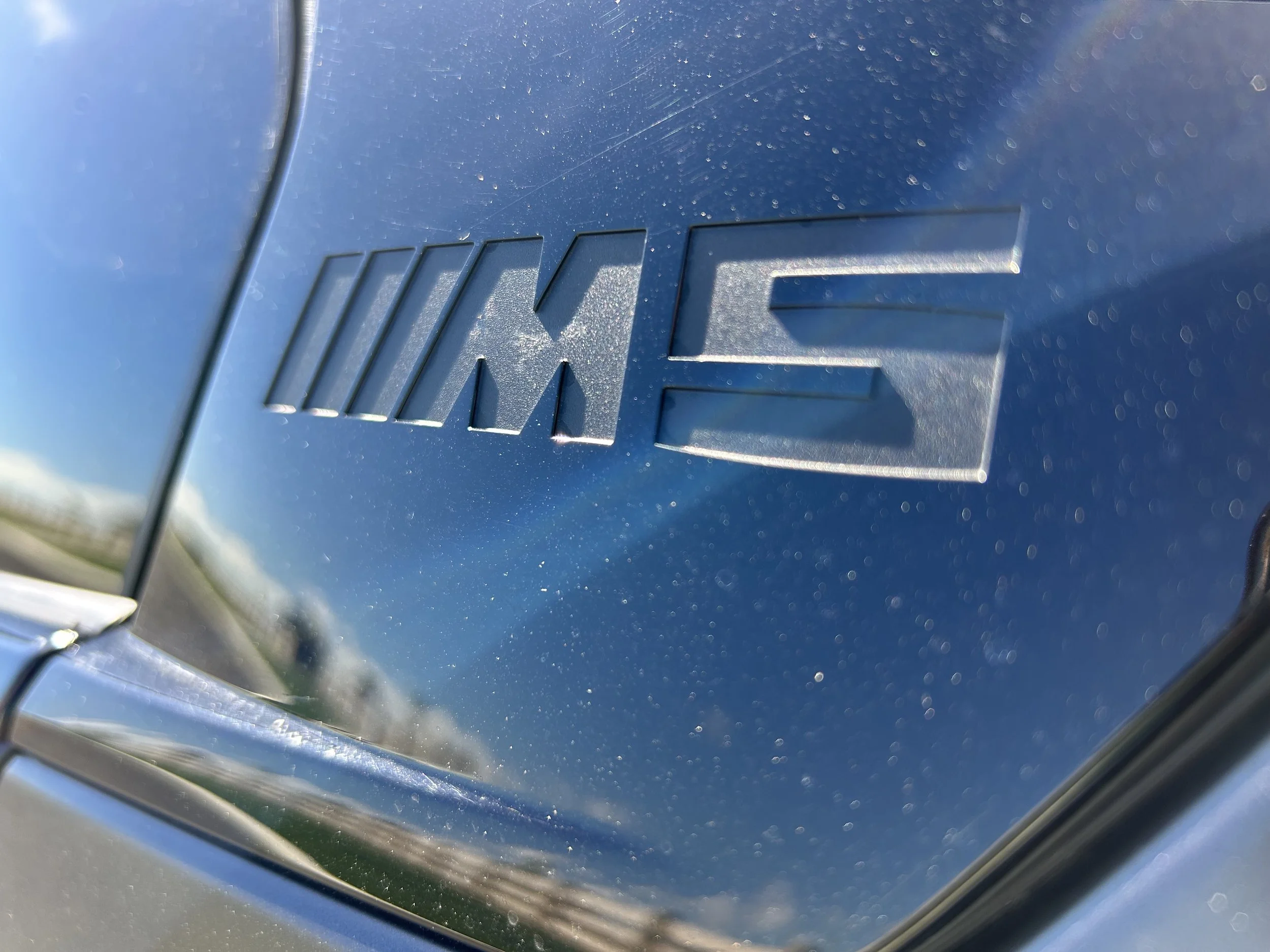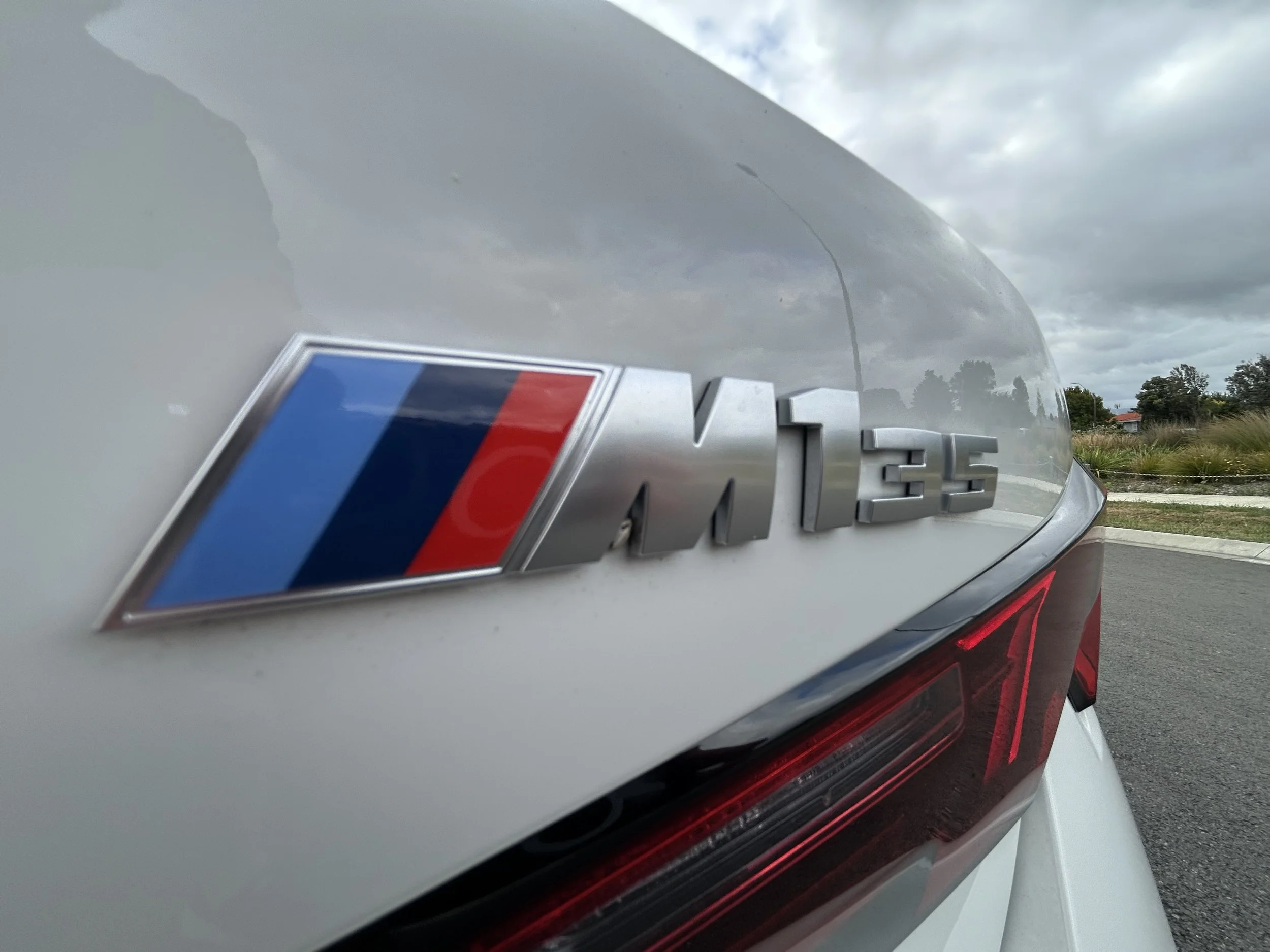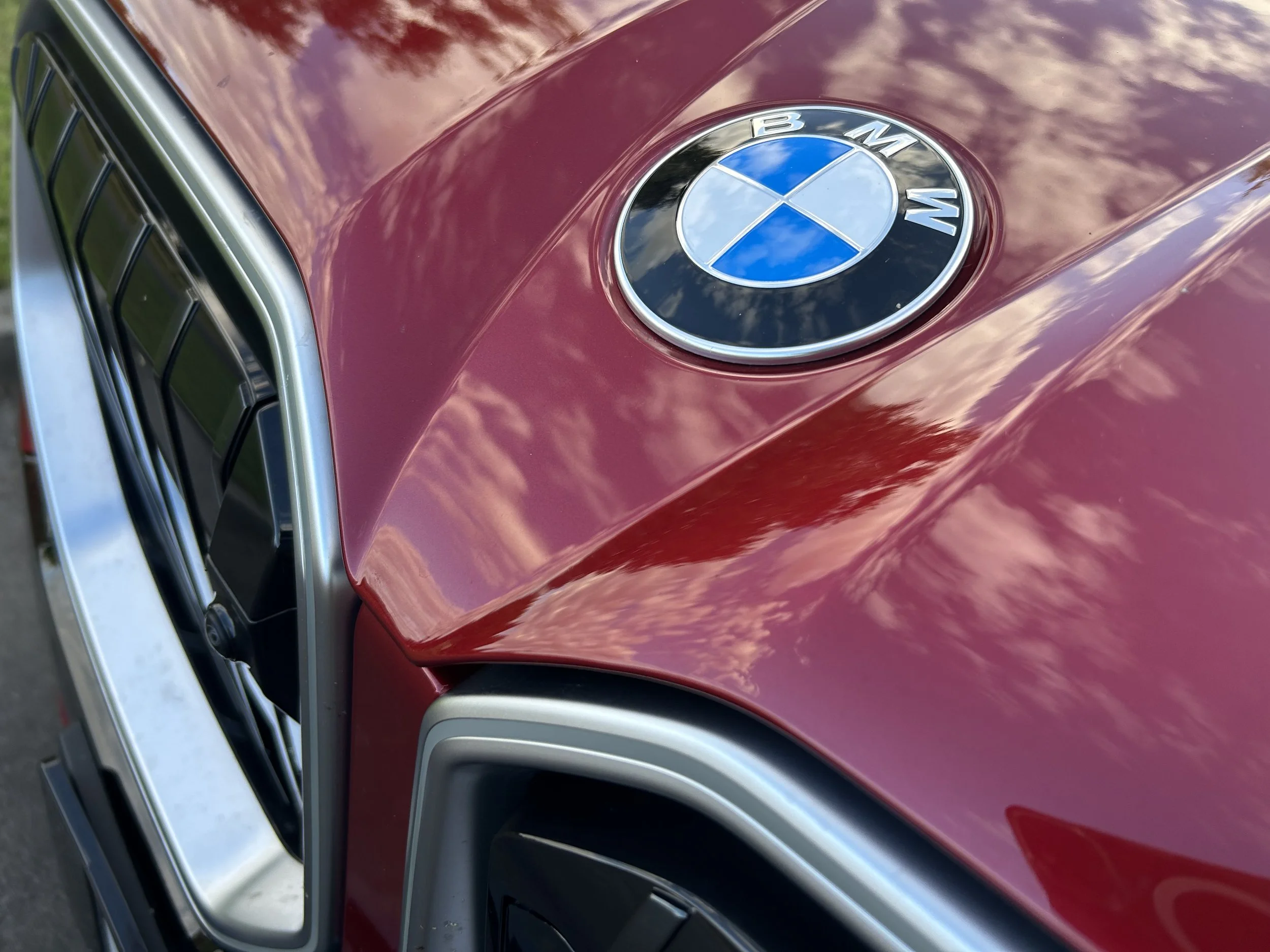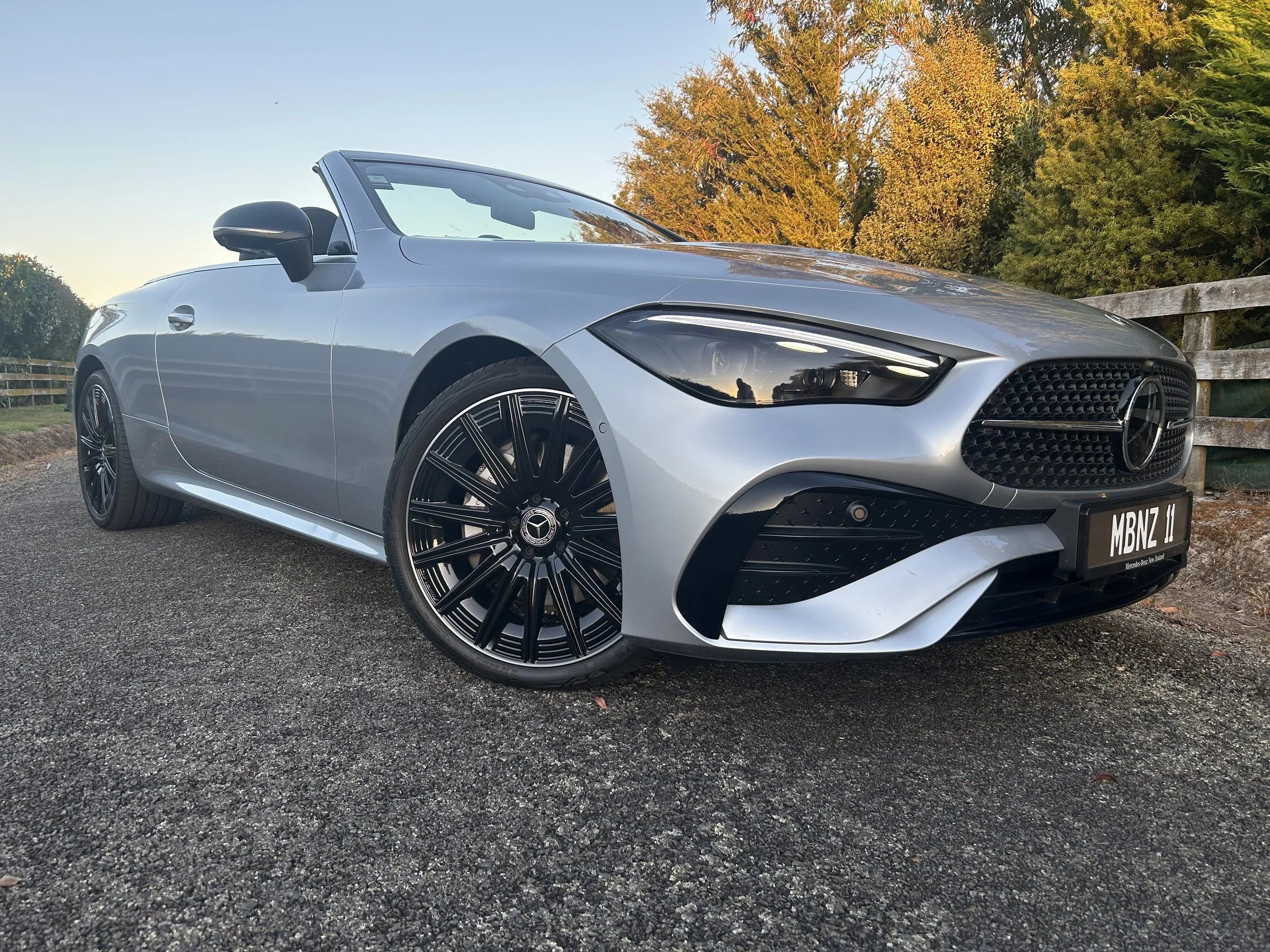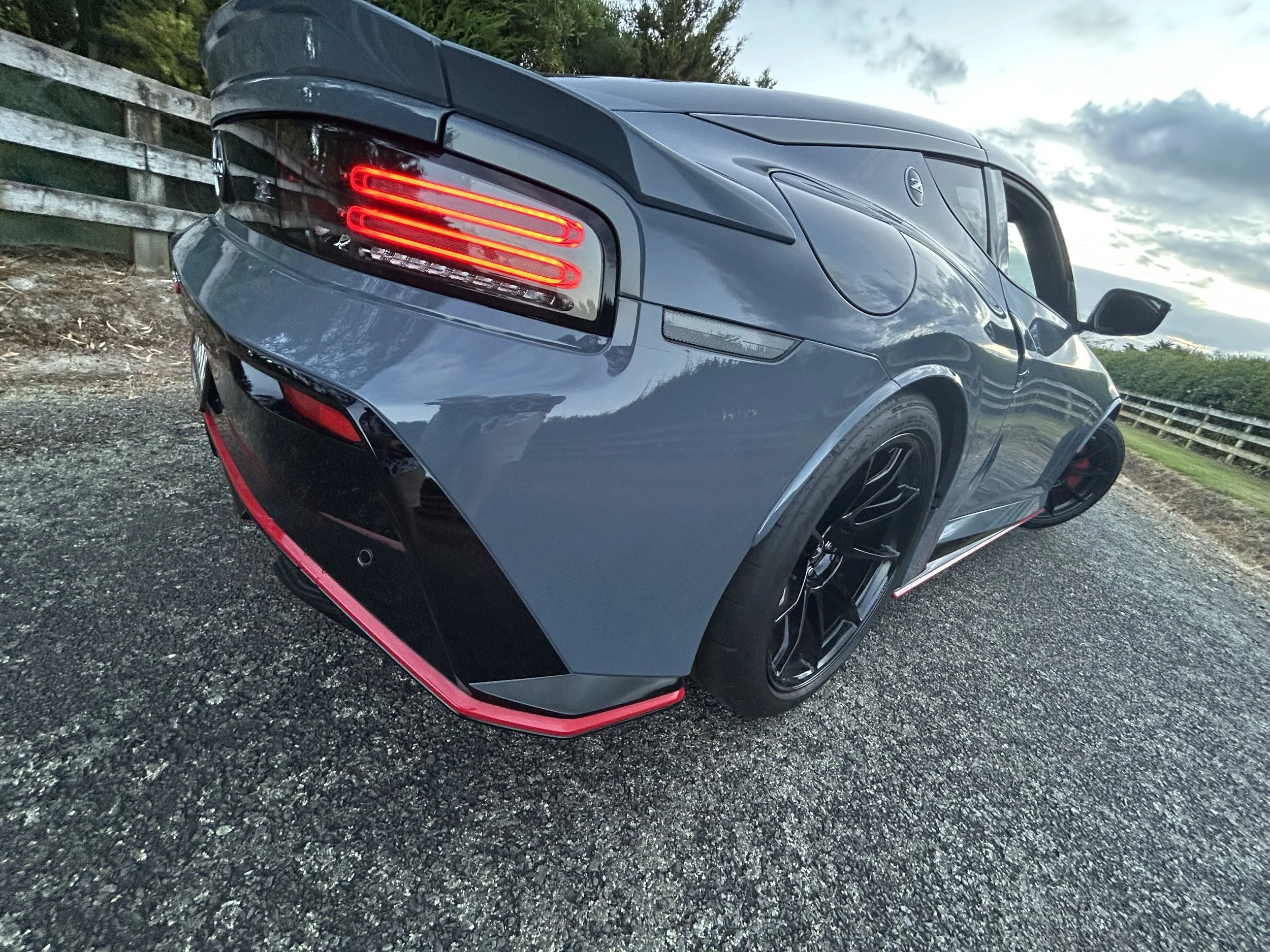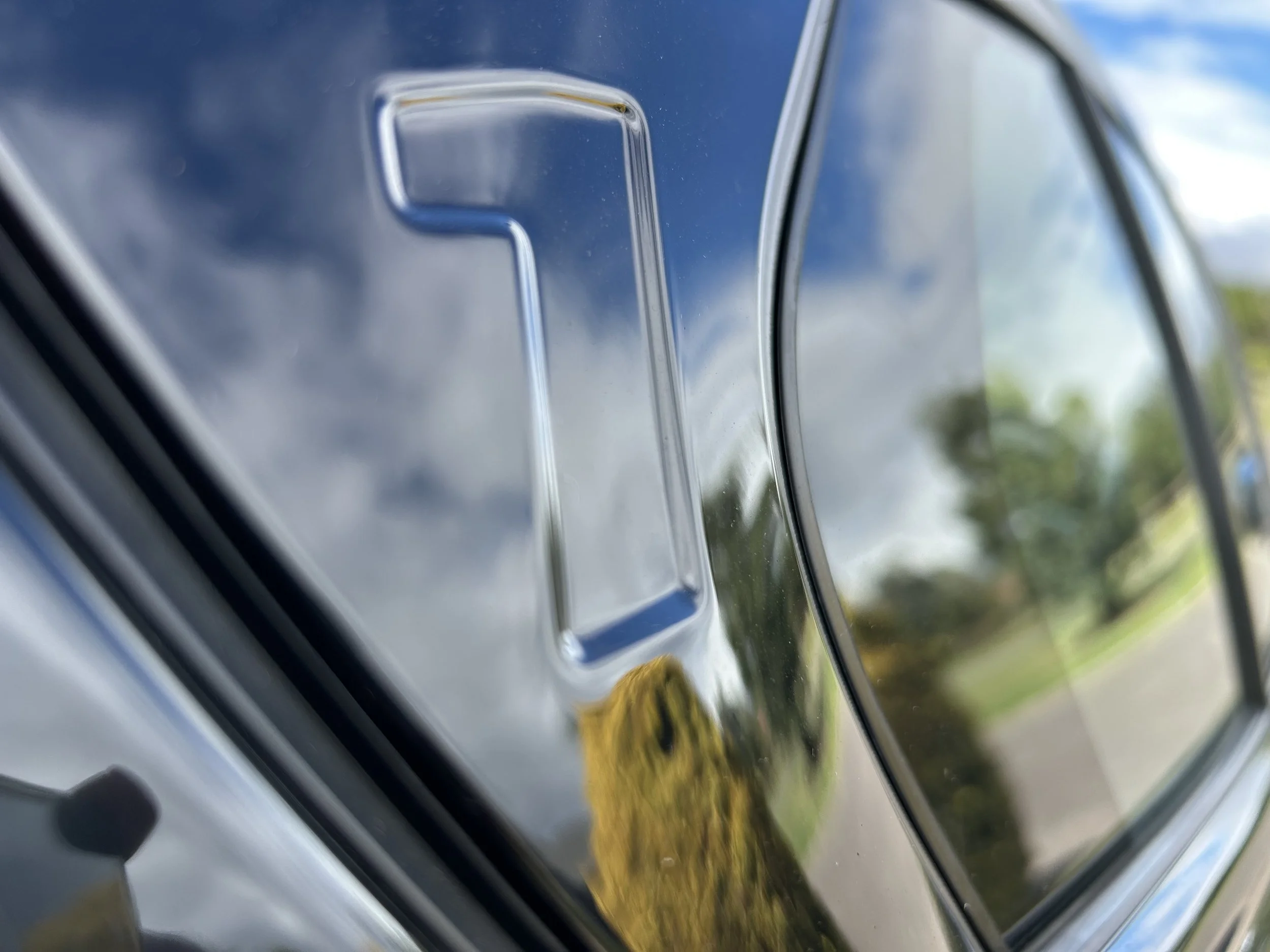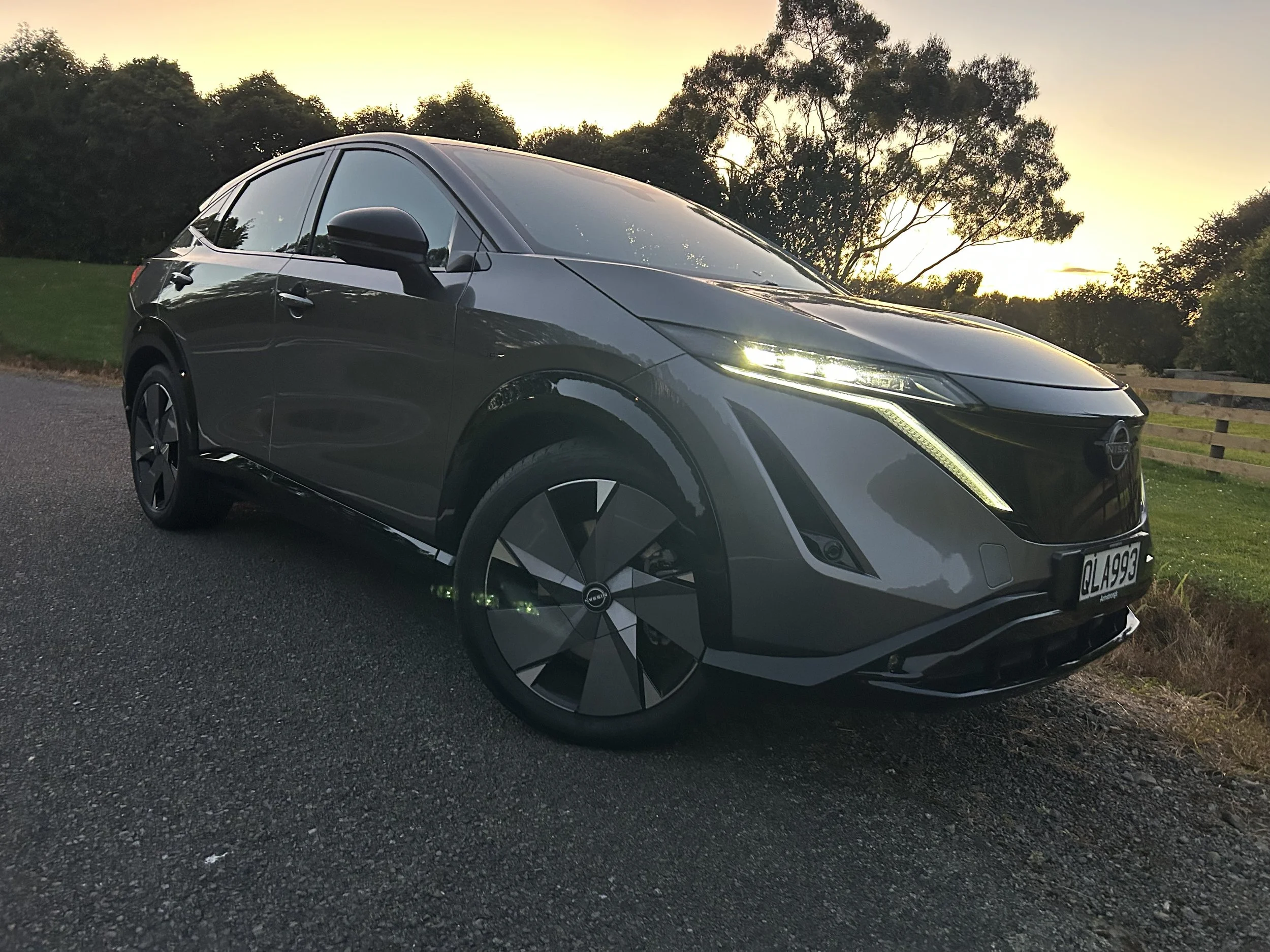MG HS Essence road test review: Second tilt closer to target
/Sometimes ‘new’ means ‘refreshed’; but with the second-generation of this sub-compact crossover, it’s pretty much all change, mainly for the better.
Price: $42,990.
Powertrain: 1496cc four cylinder turbo petrol, 125kW/275Nm, seven speed direct shift manual.
How big: 4636mm long, 1890mm wide, 1655mm tall, 2750mm wheelbase.
We like: New styling; more interior space and a nicer cabin; attractively positioned.
Not so much: That crazy DMS; engine not the most effervescent.
‘IF at first’ attitude seems to flavour China’s car making approach - the enthusiasm to utterly revise a product because it didn’t quite hit home is nicely exemplified with the car on test here.
How many of you can recall the previous HS? Yeah, as expected.
The first evolution of this medium five-seater was a relatively short-termer - globally, it goes back to 2018 - that wasn’t too bad, but neither did resonate massively. Best described as a journeyman effort, it did nothing particularly poorly, yet lacked the pizzazz required to set the world on fire.
Now we’re into Mark 2. A surprise arrival, because it arrives little more than a year after the last HS underwent a facelift, this car very much reflects China Inc’s remarkable ability to bounce back with alacrity.
Basically, it’s a start again. In terms of major components, this car has no carryover from the previous-generation. It initially brings a new 1.5-litre turbocharged petrol engine, new seven-speed automatic transmission and new longer, underpinnings. Moreover, it brings a new styling. And the driving feel has changed.
Of course, it still presents to much the same kind of buyer. The quintessential target remains a family seeking a sub-compact crossover that has something of an all-rounder air, but is purely expected to be driven on road, that is reasonably sized, reasonably powered, reasonably priced and seems very well specified for the spend. Notwithstanding that, anyone trading from the first to the second might come to conclusion they are really starting again.
Is this car destined to do better than its forebear? Quite logically, it should. Is it good enough to turn the sector in which it competes completely on its head?
In one sense, it’s also probably premature to answer that second one. The family has only just got going; for now there’s just an utterly orthodox internal combustion kind in circulation, but this time around MG has gone further, with new-to-type self-recharging hybrid and plug-in hybrid variants set to add this year.
They’re not too far away and it seems logical to keep finalised opinion shelved until they come. Only then will we get a full idea of what this car can truly achieve.
If it still seems not quite to expectation? Not to worry. If the usual frenetic ‘develop, sell, discard’ pace of this make’s car-making process keeps applying, then there’ll be another generation here in 2028/2029 to take another stab.
In the here and now, on strength of what the petrol-pure model delivers, I’m inclined to give it a B-plus. What we get now definitety represents a huge improvement over its predecessor.
But this is a tough sector. Not just the most heavily-contested of any here, but also one dominated by a true titan. Toyota’s RAV4 is not a car set to be easily moved from its No.1 spot.. So many choices, so much to consider.
From my driving experience, there are two aspects demanding more attention.
One is the drivetrain. Marriage now to a seven-speed direct shift transmission is a logical progression and makes for better driving - the old dual clutch could be awfully abrupt, whereas this new way is smoother - and the power plant itself has more oomph than before. That’s also a positive, but there are others that still do better.
But as for the other issue? Not for me. Infuriating driver monitoring systems seem to be the common ingredient of basically every car developed by a Chinese domestic maker. Quite potentially, they all source from a common supplier; quite patently, the calibrations for their own home market is different to international standard.
MG is to be applauded for equipping this model with a full range of advanced active driving aids and safety features. With adaptive cruise control, lane departure warning, automatic emergency braking and blind-spot detection among its headline features, MG Pilot is a very comprehensive provision and has been important in the car achieving a five star Euro NCAP and ANCAP crash test rating.
But potentially some obvious benefits are undone if you cannot abide the erratic and over-zealousness of its camera-based monitoring that is there to watch for signs of tiredness or inattention.
It seems hugely self-defeating when the false warnings about those become so tiresome that many drivers will do as I did. That is to for the maker-delivered opportunity to switch it off - which is only temporary respite, as it reactivates whenever you restart the car - and take the next, ultimate step of wholly disabling the small camera and sensor on the A-pillar by covering it, in my case with a small square of cotton tape. This effected on the first day of test and didn’t come off until the last.
A radical solution, I know, but honestly, the propensity to reprimand the driver for any action that isn't looking exactly dead-ahead and utterly deadpan is so, so annoying. It seems utterly oxymoronic that a set-up that logically might save lives cannot be easily lived with.
Setting all that aside, the MG HS becomes a pleasant and quite practical car that proved easy to live with over the Christmas break.
On test was the top of the tree flagship Essence, which places just $6000 above the entry Vibe, with a mid-spec Essence slotting equidistantly between them.
As is commonly the case, the flagship seems set to be the primary customer pick, given that it delivers a lot of additional features for a very modest premium over the alternates.
Stick to the Vibe grade and you will have automatic LED headlights, 18-inch alloy wheels, a 12.3-inch dual screen entertainment system with Apple CarPlay and Android Auto connectivity. The Excite adds 19-inch alloy wheels, a 360-degree camera and ability to remotely controlling the air conditioner and heater via MG iSmart.
In addition, the Essence provisions a sunroof, an eight-speaker audio system and wireless smartphone charging. So, basically, if you spring for the priciest you still surely get the best deal, as effectively you want for almost nothing.
It’s a smart kit level for a car that, in achieving a sleeker, more elegant look this time around, becomes far more agreeable in the roadscape.
A little secret: When reshaping this car, MG designers didn’t have to start with a clean sheet. The HS is a rework of another car from the Shanghai Automotive stable, called Roewe. It has the same platform as the Roewe RX5 but gains unique front-end styling.
The front end look is defined by slim, angular headlights and a large grille. The famous octagonal badge moves from the centre of the grille onto the bonnet and takes on a more flattened look. At the rear the tail-lights are similarly slender, while a light bar positioned on the boot lid connects them together. All very modern and all very fresh. The only other MG car with this look is the MG3 that landed here in the second half of last year.
HS also achieves a much nicer interior than the previous model, with soft-touch materials where it counts, plus the usual smattering of piano black plastics. There are some good things about which to talk, including the build quality, which seems superb.
Obviously the Essence has the best comfort and convenience tech, but at all levels it seems safe to suggest the car doesn’t feel budget inside.
What adds to the impression of it being bang up to date for modernity are those twin 12.3-inch screens for infotainment and driver's cluster duties.
The arrangement of these as one huge slab on the dashboard, with air vents built in, delivers a contemporary wide and squared-off design that is, overall, very aesthetically pleasing.
Here’s another make that has fallen into the popular trend of paring back buttons and controls; there are just only five physical buttons for some basic controls (demisting front and rear windscreens, hazard lights, fan speed on/off and a home button).
This means there’s high probability you’ll have to navigate screen menus to get what you need, not only when sorting infotainment and navigation options but also when changing climate temperature, fan direction or recirculation. Further finessing, including to work the driver's seat position memory function, is buried further. Screen loading and input response times could sometimes tardy, but the presentations are by and large clear, concise and logical.
The digital instrument set-up ahead of the driver is also kept busy, as it is allows a driver to run maps instead of just basic trip computer and driver assistance displays.
It’s also home to the traffic sign recognition display that also irked in its inconsistency being able to read signs correctly. That also made for more annoying, and unfortunately unavoidable, noises and sounds.
Practicality is much improved this time because it’s grown in size. This HS is 26mm longer overall, 14mm wider and 30mm longer between the front and rear wheel – as well as 30mm lower.
Those adjustments make it far more of a direct rival to the likes of the Hyundai Tucson and Kia Sportage, the Nissan X-Trail and Toyota RAV4 and ahead of the Mazda CX-5.
Most of the extra space has gone into the main cabin, with tangible increases in head and legroom. MG doesn't offer a seven-seat version, but almost could. As is it is easy to get four adults in comfortably, a fifth squeezing in too if you don't mind rubbing shoulders.
While the front section feels more commodious, the greater plus comes from the enhanced amount of space available in the second row. That’s what will attract family buyers. A colleague reminded there’s enough room to install a rearward-facing baby seat and be clear of the dashboard in the front seat.
In terms of storage goes, the usual range of ideas are presented. Cupholders being positioned forward of the gear shifter is a bit awkward, and the centre console bin between the seats isn’t the largest in class, but overall it has lots of little nooks and crannies. The boot is larger than before, now at 507 litres, although some rivals still offer more space still. Drop the rear seats and it comes right, with 1441 litres of wholly useful space.
The driving position was excellent for my tall frame; the seat felt good and so did the steering wheel, plucked from the MG4 from the look of it.
The sense that it has become a more driver-involved car carries through to dynamic side. To a point.
Ride quality remains a mixed bag, in that it does better with smooth surfaces than any that are ruffled, though seems gently sprung around town. And the steering remains a bit remote in any of the three modes, ranging from Comfort to Sport. These vary the weight of the action to some extent, but there’s never much feel wherever you end up.
Overall it is nonetheless a far nicer car to drive than the predecessor. As much as there’s still a faint sense of imprecision to the drive, it is nonetheless tangibly more composed and fluid in corners, with better calibration of the brakes and steering. So long as you drive sensibly, it's an impressively refined machine, too. The passenger compartment is admirably hushed at open road speeds.
This engine is better than the last one, but MG’s claim of it being 30 percent more responsive than previous - this helped by a lighter flywheel, a variable geometry turbocharger and a water-cooled intercooler, to minimise turbo lag - seems optimistic.
The reality is that this time around there is 50Nm more torque - which is useful - and just a 6kW improvement to the power, which is hardly here nor there. While accepting that full-bore driver thrills are plainly not the aim here, it’s still not a powertrain that particularly impresses for poke and it lacks the linear feel of some rivals. You have to rev it a bit to get it to wake up and while when you do so, at best it feels sprightly, yet never fierce. The only hybrid whose specs have been revealed is the plug-in, and it comes with tangibly more torque, so conceivably it might better deliver the big-hearted oomph this car would benefit from.
The PHEV also claims an electric-only range of 120 kilometres. The cost of buy-in is the question because, even now, the HS trends toward economy. The brand is citing possibility of 6.9 litres per 100km, and emissions of 156 grams of CO2 per kilometre. Only the first claim could be judged on test, and it seems to be fairly accurate. This car is in no hurry to empty its tank; probably just as well, as it demands the top shelf stuff, 95 or higher octane fuel.
In current format, the HS is an improved version of a fundamentally straight forward proposition.
The DMS issue it could do without, yet it can be contained. That aside, you can get a handily-sized, well-built family-friendly petrol car that isn’t that fizzy but is reasonably frugal, with the attraction of a strong warranty, good build quality, a very strong specification and a solid safety score.
Meantime, MG is moving on. With at least half a dozen new models arriving this year, including a host of EVs, more hybrids, a mid-sized sports sedan and some more premium offerings, the spotlight is set to be shifting all over the show.

